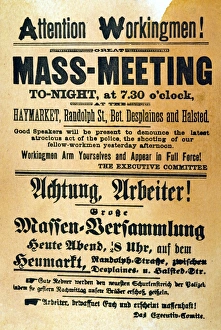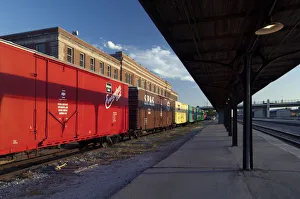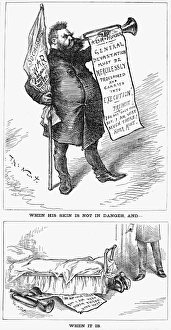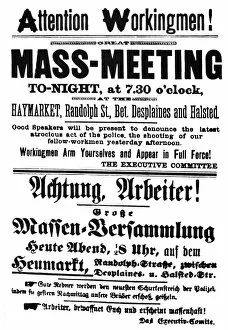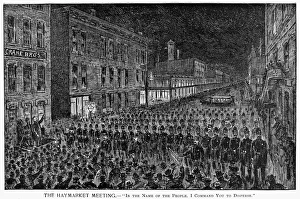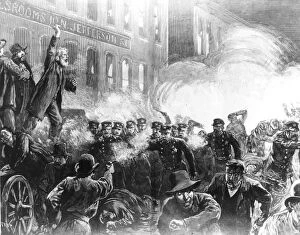Haymarket Square Collection
"Haymarket Square: A Historic Hub of Activism and Controversy" Haymarket Square, located in the heart of Chicago
All Professionally Made to Order for Quick Shipping
"Haymarket Square: A Historic Hub of Activism and Controversy" Haymarket Square, located in the heart of Chicago, has witnessed some of the most significant events in American labor history. In May 1886, a handbill in both English and German called for a mass meeting at Haymarket Square, igniting what would become known as the Haymarket Riot. This pivotal moment marked a turning point in the fight for workers' rights. The Union Pacific Railroad's historic district in Nebraska's Lincoln was also named after this iconic square, symbolizing its significance across state lines. A captivating black and white photograph from 1893 showcases Haymarket Square packed with horse-drawn carriages. This image transports us back to an era when bustling activity filled these streets. Restored warehouses now stand proudly within Lincoln's Haymarket Square historic district. These buildings serve as reminders of the area's rich industrial past while offering modern amenities to visitors and residents alike. Interestingly, even Boston had its own version of sleighing at Haymarket Square back in 1859 - immortalized by Winslow Homer through his artwork. This demonstrates how this name resonated beyond Chicago itself. The photogravure captures an aerial view during its prime years. It reflects the vibrant energy that once pulsed through this epicenter of social change and activism. Notable figures like Johann Joseph Most left their mark on history as influential German anarchists who played a role in shaping public opinion during those tumultuous times. Their ideologies clashed with others like Thomas Nast, whose cartoon celebrated the guilty verdicts handed down after the infamous riot. In retrospect, Liberty Is Not Anarchy became a rallying cry against anarchism but also sparked debates about individual freedoms versus societal order—a debate that still echoes today. Haymarket Square stands as more than just a physical location; it represents an enduring symbol of struggle and resilience throughout American labor history.

